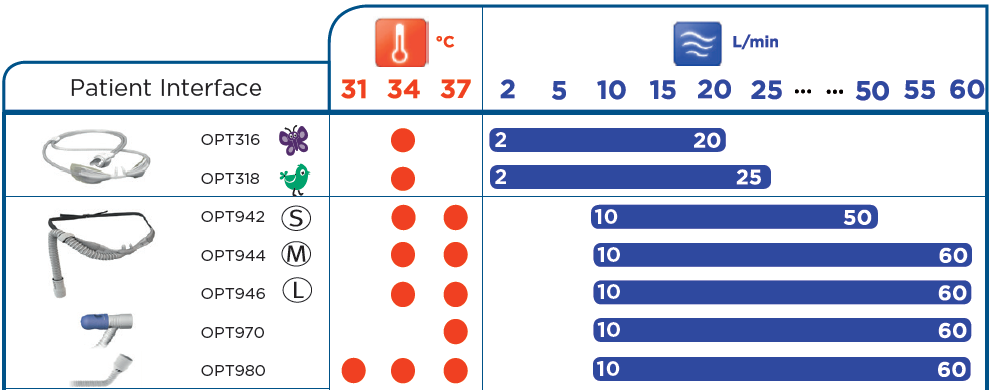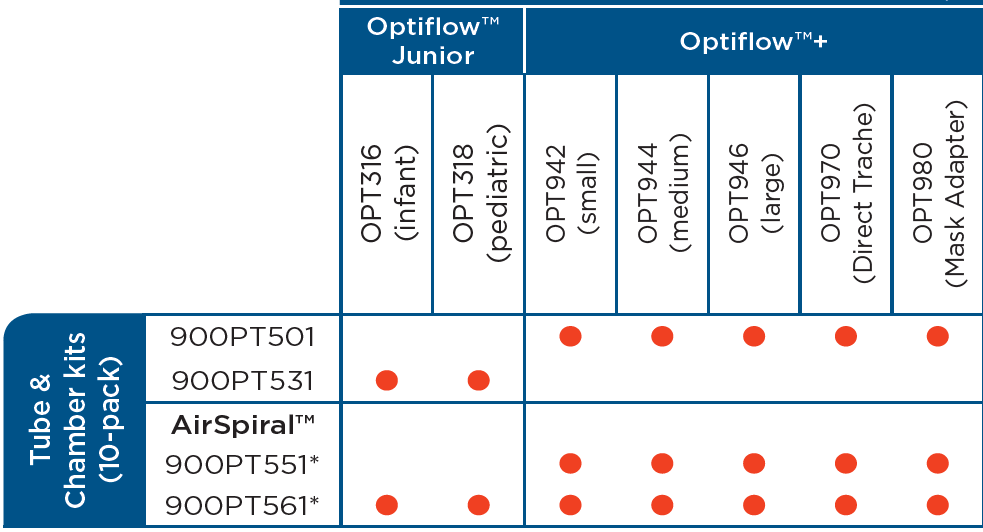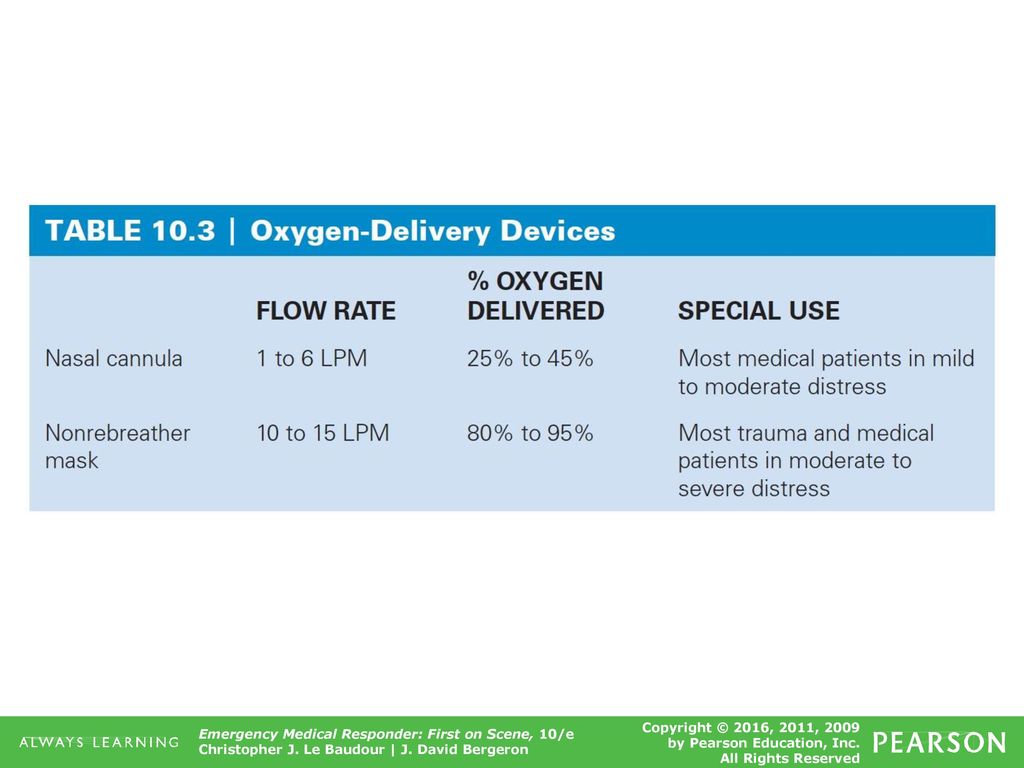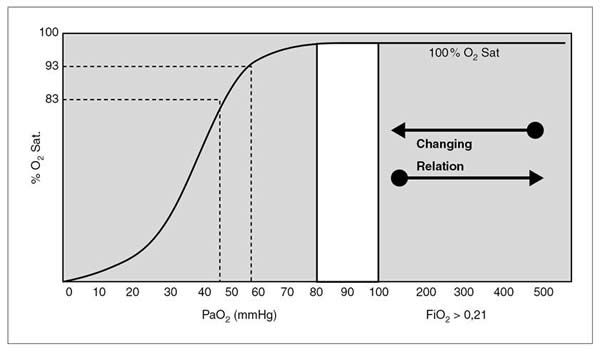oxygen delivery devices and flow rates australia
The nasal cannula is a device that has two prongs that are placed in the patients nostrils and deliver oxygen at flow rates of 1 to 6 liters per minute. Flow rate 1-4Lmin 4L will dry the nose 2L is more comfortable.
Indications of O2 therapy 1.

. Demonstrated oxygen desaturation on oximetry or arterial blood gases at rest on exercise or nocturnal with SaO2 less than 90 or PaO2 less than 60mmHg is required. The oxygen flow rate. It varies from 0 15L per minute.
As a result hyperlinks within guidelines are in the process of being updated. They include Nasal cannulae. Oxygen flow rate was controlled via a standard wall-mounted flow rate metre CIG Health Care Comweld Group Pty Ltd Australia with testing conducted at a flow rate of 15 Lmin for all devices and additionally for flow rates of 6 and 8 Lmin when using oxygen tubing.
Oxygen delivery devices 1. Refer to oxygen protocol Non-Rebreathing Mask Connect the face mask to the oxygen cylinder. When delivering oxygen by wafting the highest oxygen concentrations are achieved when positioning tubing 5-15 cm in front of the face or positioning tubing or a paediatric non-rebreather mask 5-10 cm below.
High-concentration normobaric oxygen O2 administration is the first-aid priority in treating divers with suspected decompression illness. 25 FiO. Can delivery precise and dependable FiO2.
Low flow device Most common device used for mild hypoxia Can be set between 1 and 6 LPM 24 to 40 FiO2 FiO2 increases approximately 4 with each liter of O2 KorupoluR GJ Needham DMContemporary CriticalCare. Oxygen Delivery Devices and Flow Rates are important concepts to understand as a nurse. This delivers to the patient a flow rate of 45 liters per minute and an oxygen concentration of 35 percent.
For example the recommended flow rate for a 35 of venturi valve is 8 liters per minute. Dropping the oxygen flow rate closer to 10 Lmin-1 has been suggested as a compromise but the. 6 rows Device.
Depending on a patients inspiratory effort tidal volume speed of inspiration and respiratory rate the PIFR can often exceed the flow rate at which oxygen or an oxygenair mixture is supplied by the device meaning that at the time of PIFR. 1-2 Lmin via nasal cannulae or 2-4 Lmin via 24 or 28 Venturi mask in patients with acute exacerbations of COPD or conditions known to. Set flow rate at 5 to 8 litres per minute.
Increasing the flow rate to 10 liters per minute increases the total flow to the patient but the oxygen concentration delivered remains at 35 percent. Domiciliary oxygen a nd equipment may be provided for adults with pulmonary arterial hypertension. Results OxyMask was effective at supplying a wide range of FiO 2 values at various flow rates.
When tubing was used below the face flow rates between 6 and 8 Lmin produced somewhat higher concentrations than 15 Lmin 5 cm. However when breathing with the NRB an O 2 flow rate of 15 Lmin-1 is required to reach these levels. These devices deliver a variable inspired oxygen concentration to the patient which depends on the PIFR.
The higher flow rate reduces any further dilution. 200969111 Bailey P Thomsen GE Spuhler VJ et alCrit Care MedJan2007351139145. Adapters deliver set amounts of FiO2 at 24 to 60.
The oxygen and air are blended before being delivered to the patient. The nasal cannula is the most common oxygen device utilized. Documented hypoxemia In adults children and infants older than 28 days arterial oxygen tension PaO2 of 60 mmHg or arterial oxygen saturation SaO2 of 90 in subjects breathing room air or with PaO2 andor SaO2 below desirable range for specific.
As a temporary measure click the link above to find the guideline within the contents. 1L 24 2L 28 3L 32 4L 36 5L 40 6L 44. Diving and Hyperbaric Medicine.
Of the commonly available devices promoted for O₂ delivery to injured divers similar PtcO₂ and nasopharyngeal F I O₂ values were obtained with the three devices tested. Oxygen is a life-saving therapy that nurses and respiratory therapists administer every day in the hospital. If oximetry is not available or reliable oxygen saturations cannot be determined and hypoxaemia is suspected oxygen can be delivered at.
Fit the face mask to the patients face and adjust the mask to comfort with elastic straps and nasal metal strip. Given typical supply limitations there is a natural interest in reducing the flow rate to extend oxygen delivery duration. Oxygen to patients under a variety of flow rates.
Delivery devices work with different flow rates. The recommended initial oxygen flow rate for open-circuit systems employing a non-rebreather mask has long been 15 Lmin-1. OXYGEN DELIVERY DEVICES Dr.
A comparison of the tissue oxygenation achieved using different oxygen delivery devices and flow rates. Oxygen Delivery Systems LOW FLOW OXYGEN DEVICES HIGH FLOW OXYGEN DEVICES Cannot deliver constant FiO 2 Maintain constant FiO 2 Flow 6 - 8 Lmin Delivering O 2 at very high flow Mixture of oxygen room air Flow usually 4 times the actual Minute volume FiO 2 varies with tidal volume-Shallow breathing less entrainment of room air high FiO 2. This mixture is humidified which reduces bronchoconstriction and improves mucociliary clearance thereby reducing the work of breathing.
Domiciliary oxygen and equipment may be provided for adults without. Based on transcutaneous oximetry values of the commonly available emergency O₂ delivery devices the NRB at 15 Lmin ¹ is the device and flow rate that deliver the most O₂ to body tissues and therefore should be considered as a first-line pre-hospital treatment in divers with suspected decompression illness. Whether your patient is on chronic oxygen or whether they are in acute respiratory failure your patients will commonly have oxygen ordered and it will be up to you as.
In Dec 2021 a new WNHS website launched. Peak nasopharyngeal F I O 2 was highest with the NRB with a flow rate of 15 Lmin-1 Table 3 though 10-min P tc O 2 values were similar for each device. Set flow rate at 10 to 15 litres per minute.
MORS with an oronasal or intraoral mask demand valve with an intraoral mask and NRB at a flow rate of 15 Lmin¹. Connect the face mask to the oxygen cylinder. 1 to 6 liters.
High flow nasal cannula HFNC as the name suggests delivers oxygen at a high flow rate up to 60Lmin. Only goes up to 60 FIo2 so not for patients who have significantly high oxygen demands bulky. 2435 FiO2 at a flow of 14.
The flow rate can be set on the wall tap. Fraction of inspired oxygen FiO 2 was the main clinical endpoint. The percentage of oxygen inspired depends on the flow rate and the delivery device.
Measurements and data analysis. Methods This was a prospective observational study where healthy volunteers used OxyMask at escalating oxygen flow rates. 2 to 15 Lmin.

Transtracheal Catheter Image Courtesy Www Airwayeduca Download Scientific Diagram

Preoxygenation Deoxygenation And Reoxygenation During Intubation
Clinical Guidelines Nursing Oxygen Delivery

Clinical Guidelines Nursing Oxygen Delivery

This Show The Melting Point And Boiling Point For The Element Gold This Shows What State The Element At Any Given Elemen Element Project Melting Point Element

Clinical Guidelines Nursing Oxygen Delivery

10 Principles Of Oxygen Therapy Ppt Download

Transtracheal Catheter Image Courtesy Www Airwayeduca Download Scientific Diagram

Buy Hospital Bed In 2021 Hospital Hospital Bed Best Hospitals

Oxygen Delivery System Side 1 Nursing School Notes Nursing Notes Respiratory Therapist Student

Oxygen Delivery System Side 1 Nursing School Notes Nursing Notes Respiratory Therapist Student

Initial Or Starting Flows Of High Flow Nasal Cannula In A Pediatric Download Table

